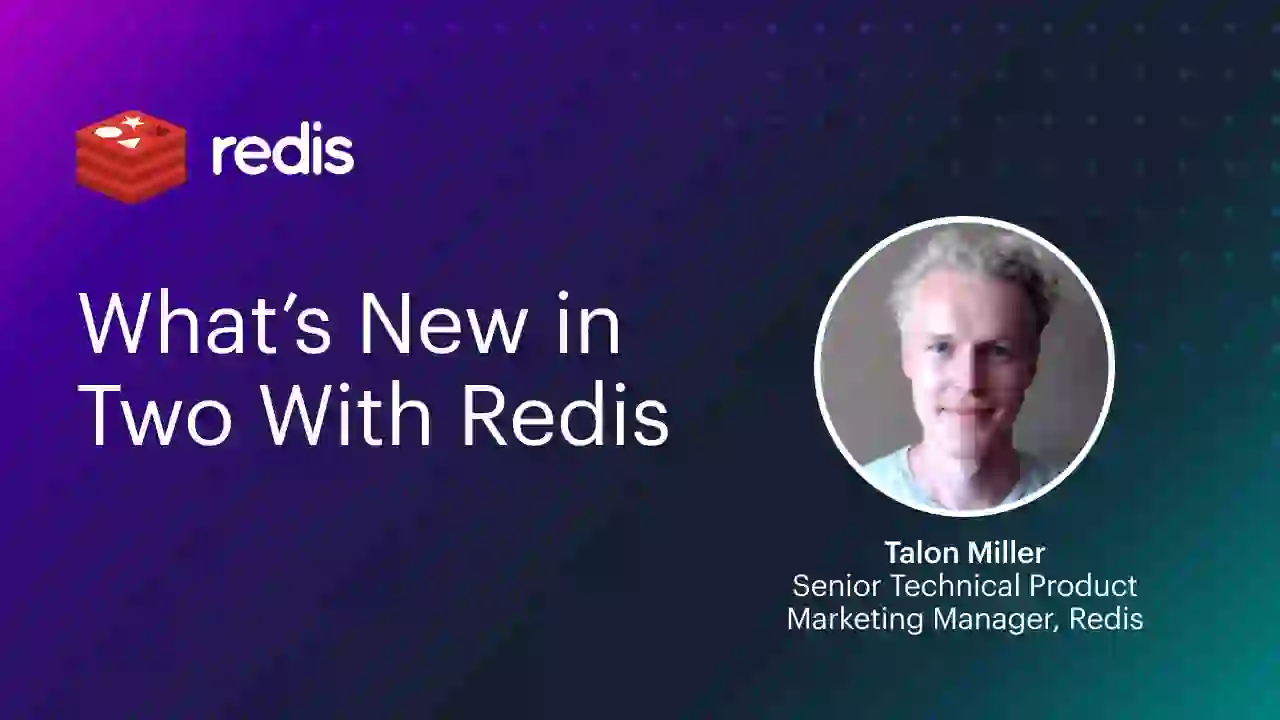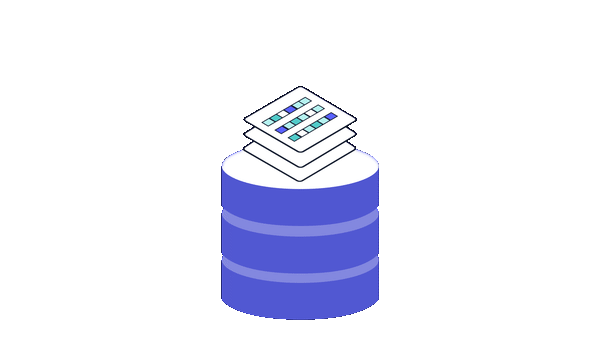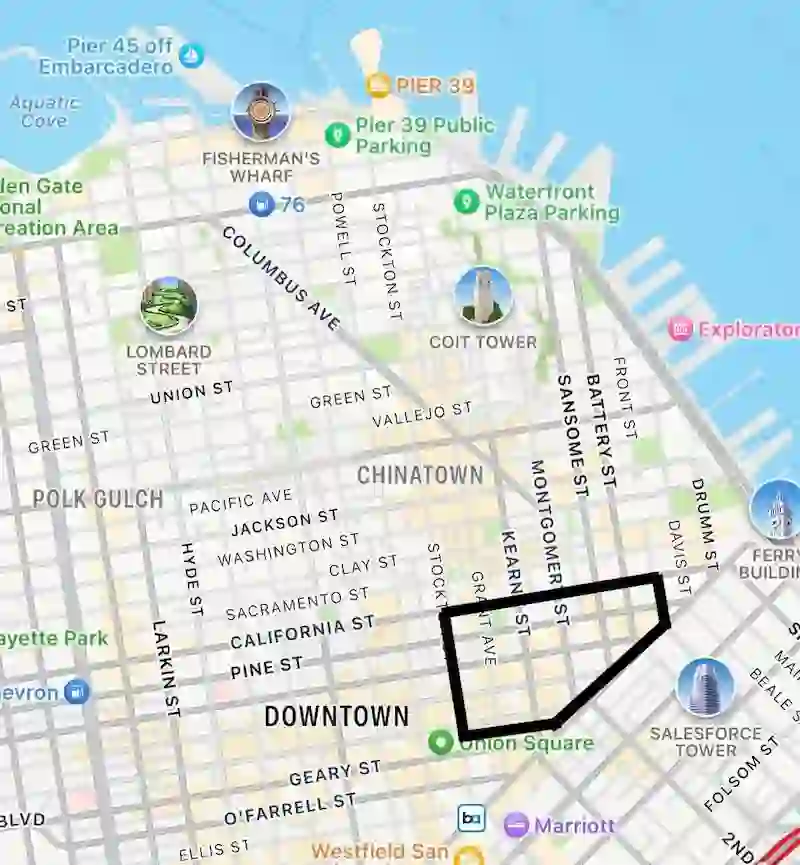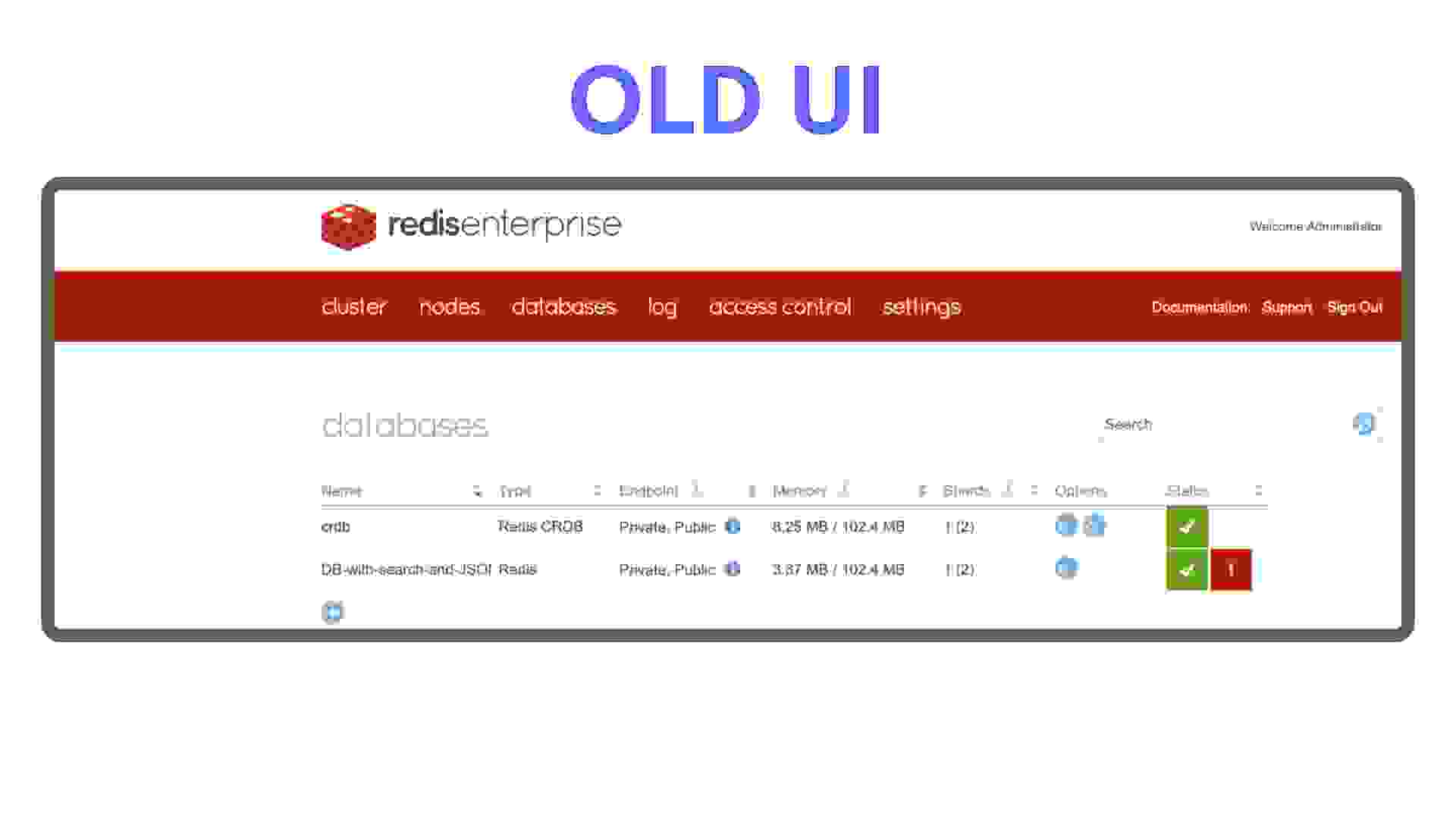
Learn more


Are you a Redis enthusiast eager to stay ahead of the game with the latest releases? Welcome to my first episode of ‘What’s New in Two’, your go-to source for Redis updates. In this article, we’ll delve deeper into the exciting developments from the last month, expanding on what I covered in our latest video. I’ve included a video thumbnail above for those who prefer watching a quick recap of this month’s updates. Let’s dive in!

Redis has some groundbreaking news! We’re delighted to introduce vector database capabilities. Redis, Inc. has been powering some of the largest customers in the world like OpenAI, and has years of investment in making machine learning and now vector databases seamless and easily accessible. We’ve seen many customers use Redis for Retrieval Augmented Generation (RAG), large Language Models (LLM) semantic caching, recommendation systems, and document search using our new vector database capabilities. But that’s not all; we’ve partnered with AWS Bedrock, a managed service for AI-based models. Together, we’re offering a new vector database solution that empowers you to start building AI generative applications today. To make getting started really easy, you can sign up through the AWS marketplace and receive a $500 free credit.

Redis 7.2 is packed with developer-friendly features. Among the highlights are five new officially supported client libraries. Whether you code in .NET, Java, Python, Node JS, or GO, Redis now provides consistent features, support for RESP3, and consistency in documentation. Choosing the right client for your app should be easier than ever.

Redis has upgraded its geospatial search capabilities, introducing Polygon search. Redis Stack now offers a seamless geospatial data search experience within specific geographical areas. It takes precision to the next level by filtering only relevant data within a designated location polygon. This results in more accurate and contextually relevant location information. For a real-world example, let’s say you are using an app to locate the nearest pizza restaurant. The geospatial information is the indexed location data of all the restaurants in your area. The polygon that a user draws on a digital map is the geographical area of the search. Redis retrieves only the keys associated with the restaurants within the boundaries of the drawn polygon. If you’re a developer looking for powerful geospatial tools then this update is for you!

Redis isn’t just about developers. For Redis operators, we have something exciting in store. Redis Enterprise Software boasts a substantial upgrade with the new Cluster Manager UI. Beyond its brand-new face, this UI brings a host of new features and enhancements, streamlining your tasks from A to Z. Redis management has never been easier.

Finally, Redis Data Integration (RDI) is here, simplifying the process of syncing your data with Redis. RDI offers near real-time data synchronization with no code. This is the enterprise-grade integration and ingestion tool we’ve all been waiting for. Currently, RDI supports source databases such as Oracle, Postgres, MySQL, MariaDB, Percona XtraDB, SQL Server, Cassandra, MongoDB, and we’re actively working on adding more. If data integration is your concern, then check out my video on the tool to see what patterns and use cases RDI supports.
That’s a wrap for this month’s ‘What’s New in Two,’ where we’ve explored Redis’ latest features and enhancements in greater detail. Stay tuned for more exciting updates in my next two-minute episode. Whether you prefer watching or reading, Redis has you covered. Until next time!